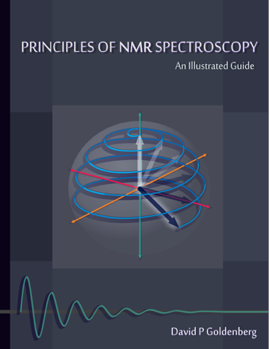Welcome!
This web site contains information and resources related to the work of David Goldenberg and his colleagues at the University of Utah. The menus at the top of this page contain links to a variety of material, including publications, descriptions of courses and software. Just for fun, there is even a page on crystal radios!After a very long gestation, Principles of NMR Spectroscopy: An Illustrated Guide was published by University Science Books in February 2016. This textbook is intended for graduate students and advanced undergraduates in chemistry, biochemistry or biology, and others seeking to understand the underlying principles of modern solution NMR spectroscopy. More information about the book, including electronic supplements, can be found here.
For approximately 30 years, my research laboratory focused on fundamental problems in protein biochemistry and biophysics, using a variety of different experimental techniques, as well as computer simulations. A few years ago, however, I decided to close my lab and focus my effforts on undergraduate science education. One of our areas of interest was the behavior of unfolded proteins, including both the denatured state ensembles (DSEs) of globular proteins and intrinsically disordered proteins (IDPs), a recently-recognized class of of proteins that spend at least part of their time in vivo in a disordered state. We are particularly interested in how the properties of unfolded proteins change under different solution conditions, including the effects of high concentrations of other macromolecules, as found in vivo.
Another long standing interest is the interaction between a protease, trypsin, and a natural inhibitor of this enzyme, bovine pancreatic trypsin inhibitor (BPTI). BPTI is a member of a large class of natural protease inhibitors that act by binding to the active sites of their targets, much as a substrate would, but are resistant to hydrolysis. By blocking the access of potential substrates to the active sites, these inhibitors play critical biological roles in preventing unregulated proteolysis. We are particularly interested in how these molecules resist hydrolysis and, more generally, how flexibility influences the rates of enzymatic catalysis.
For more information, please check out the links at the top of this page.
